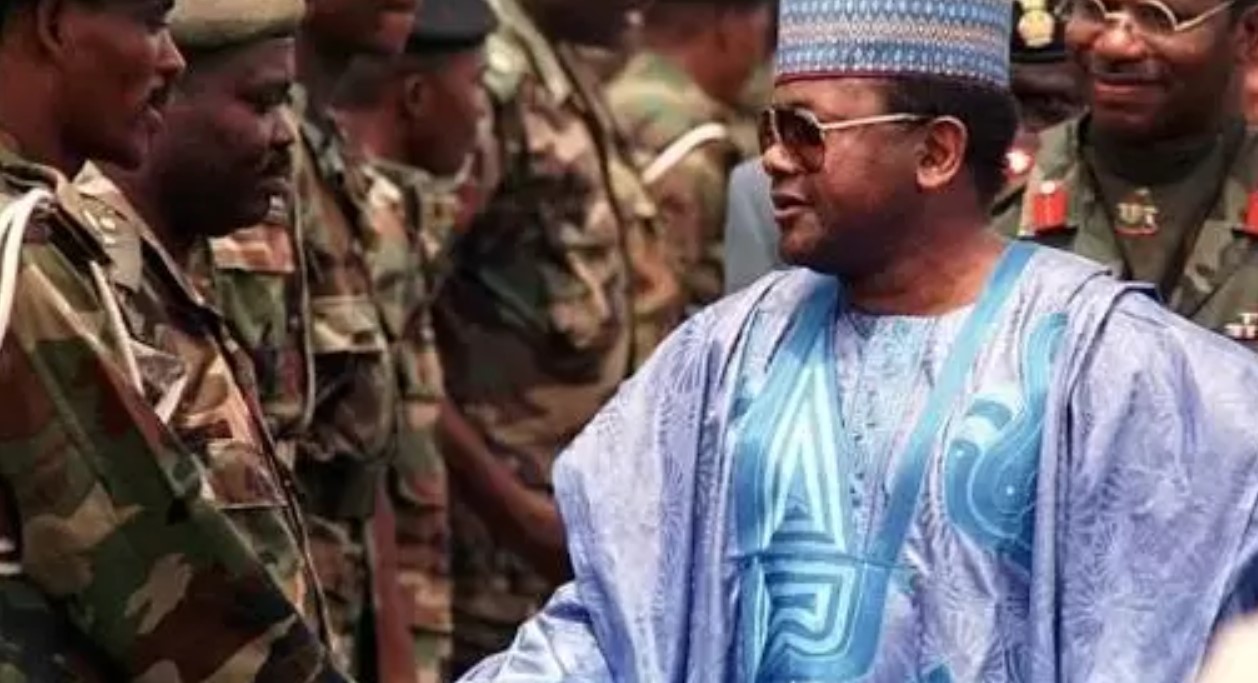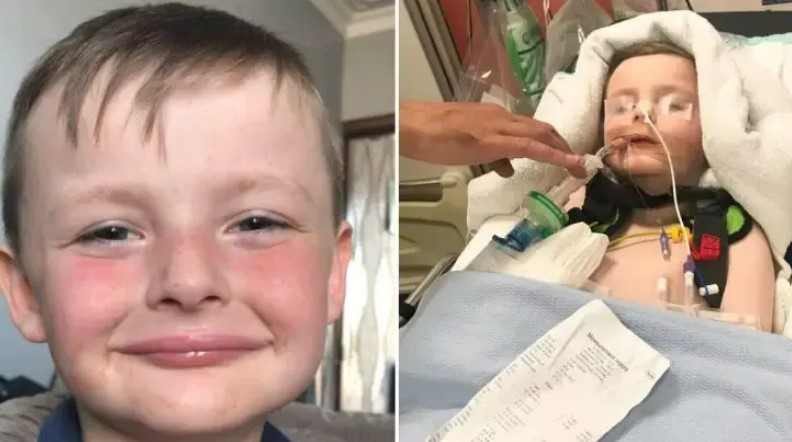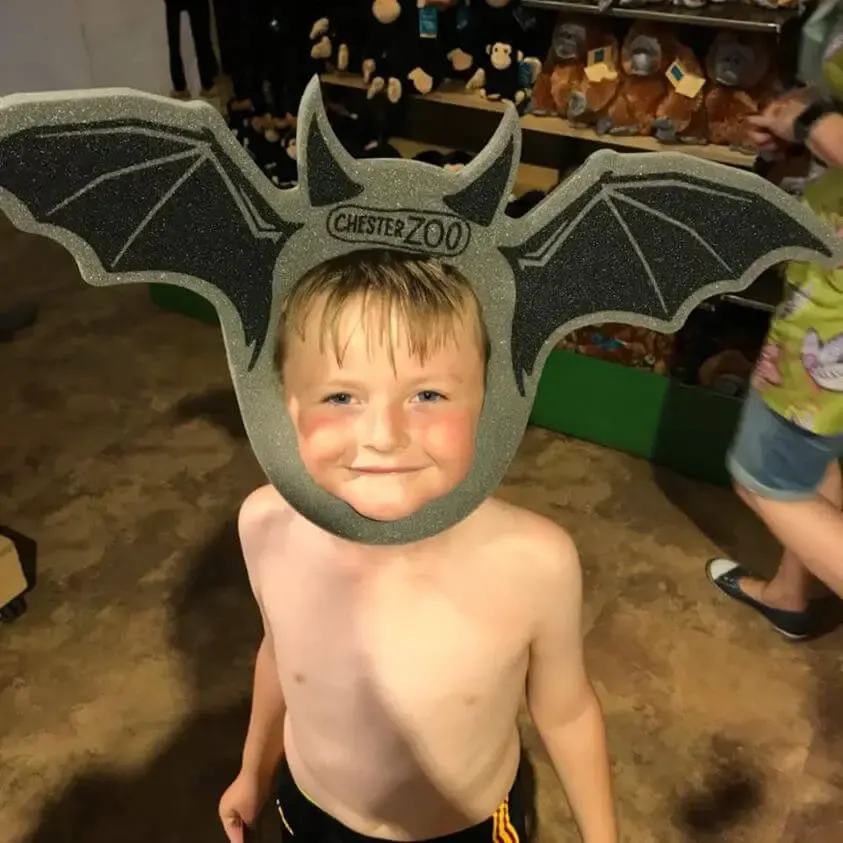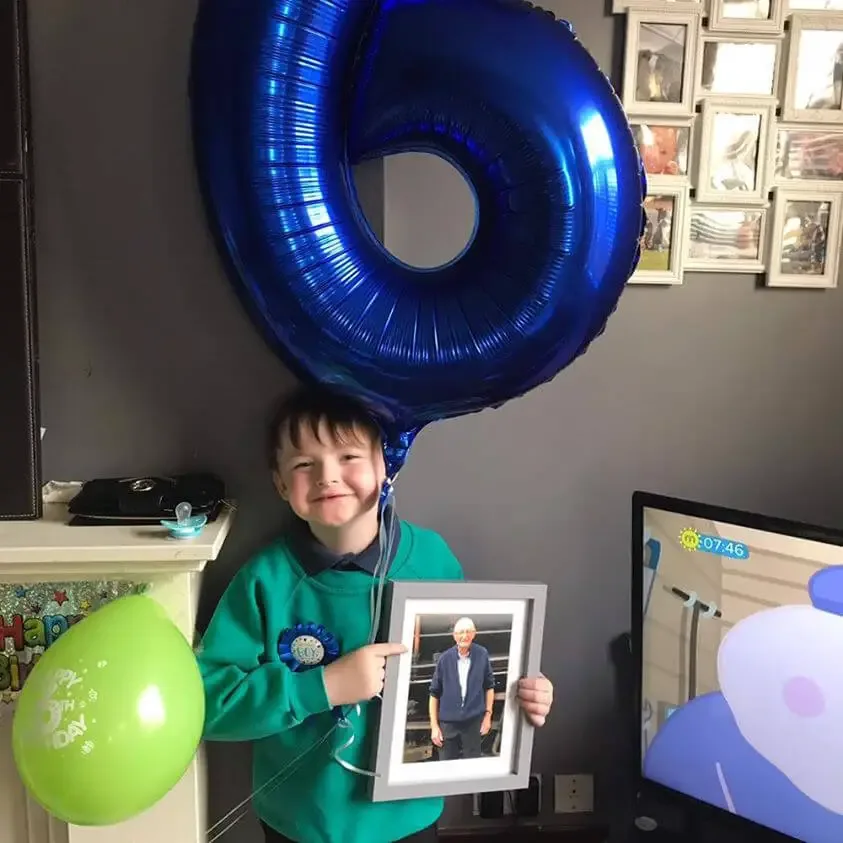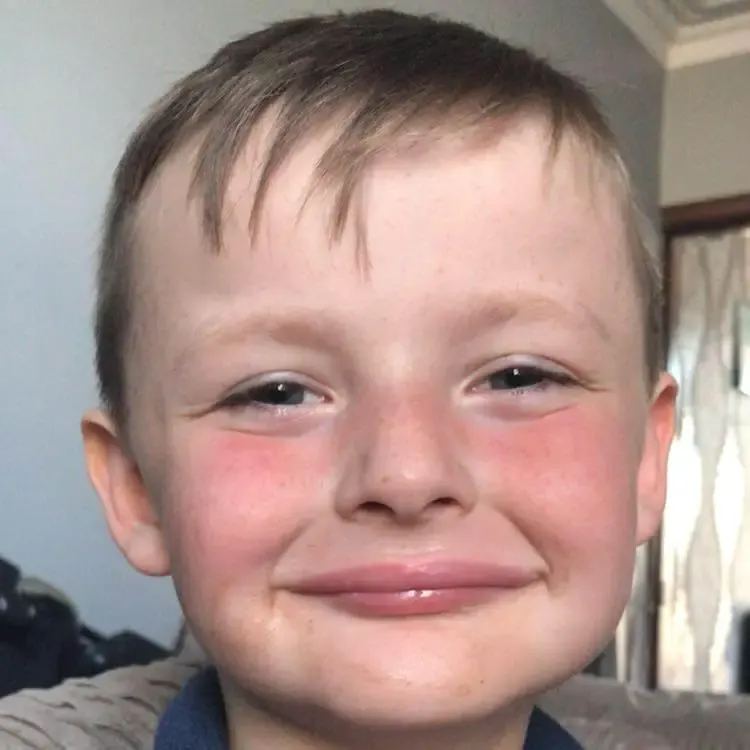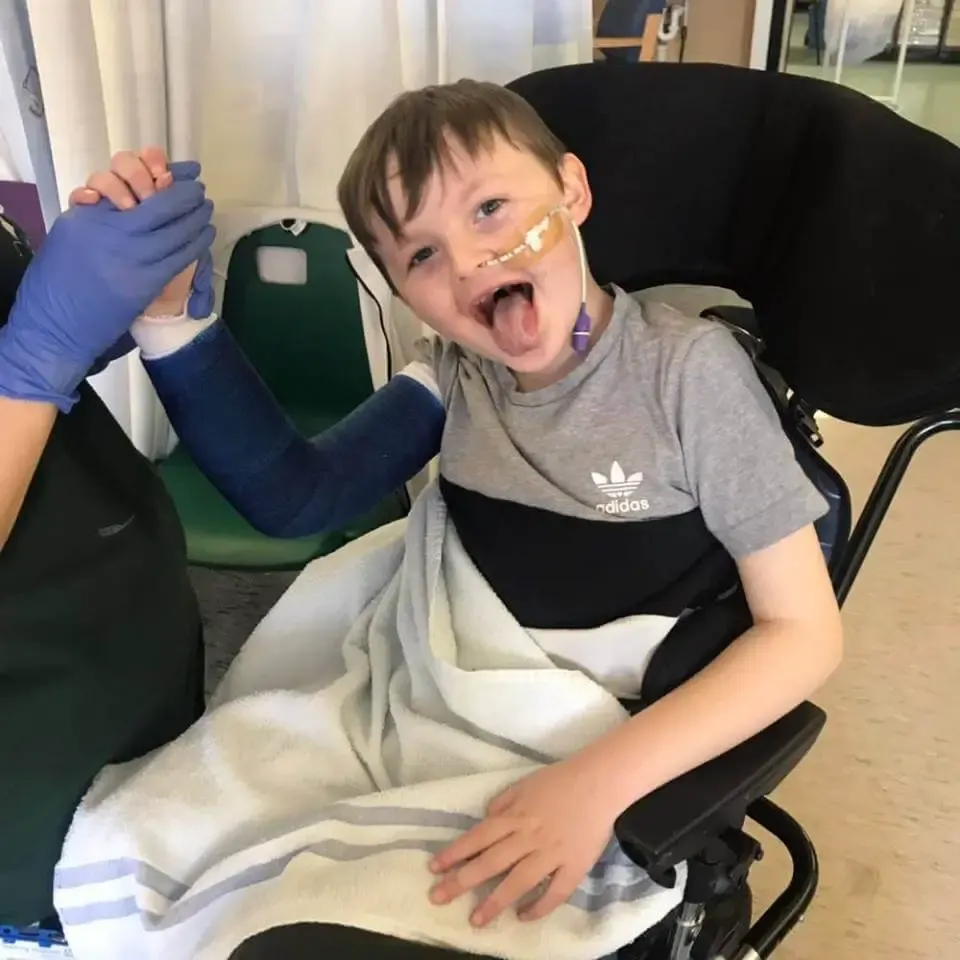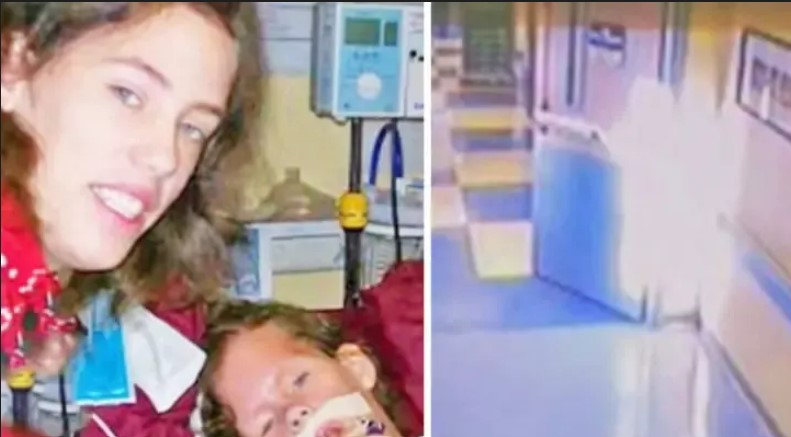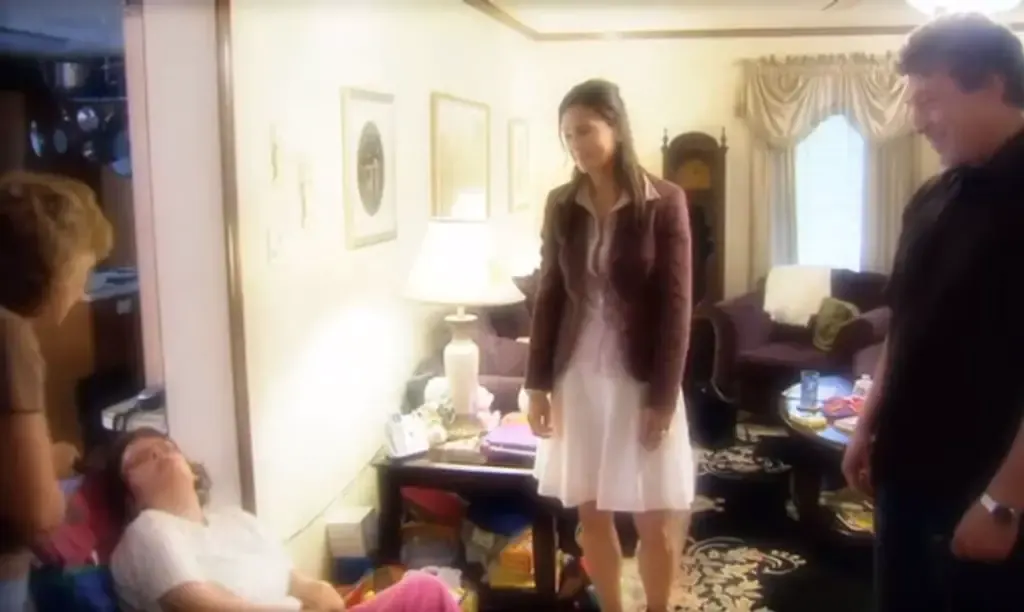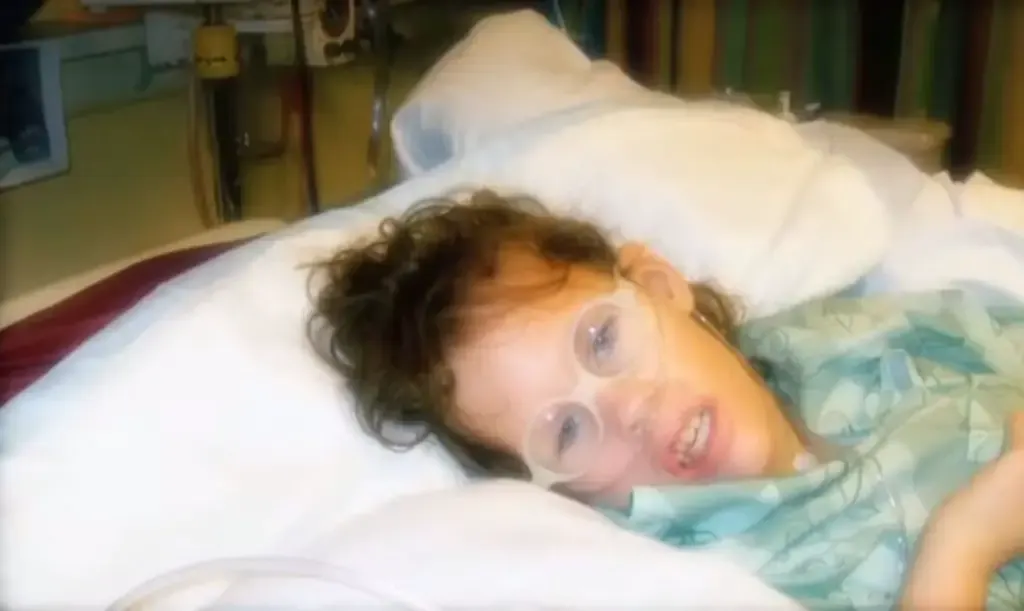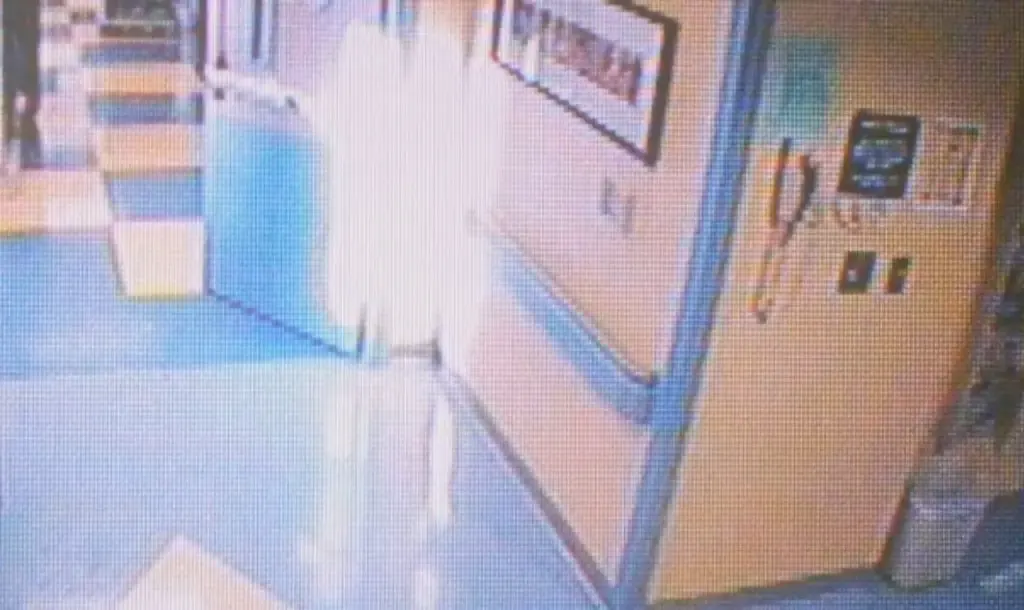Few Nigerians, and the many people involved in Commonwealth or international affairs and in human rights movements, remained indifferent to the impression made on them by General Sani Abacha, Nigeria’s seventh military head of state.
At one end of the spectrum of political perception he recalled the unspeakable African shame that was Idi Amin or the bogeyman that was Sese Soko Mobutu. At the other extreme, while lacking the patent honesty and “Good Old Jack” bonhomie of the earlier General Gowon or the breathtaking wizardry in selling the past of his immediate predecessor, General Ibrahim Babangida, Abacha represented the strong leader who alone might restore an unruly and divided Nigeria to a level of political stability and economic sustainability consistent with its expectations and potential on the continent…Click Here To Continue Reading>> …Click Here To Continue Reading>>
Thereafter promotion was as regular as Aldershot drill parades: to lieutenant in 1966, to captain one year and then to major two years later, with a pause of seven years in the rank of colonel until he was made brigadier in 1980.
Sani Abacha had just turned 40 when he was promoted general. Too junior to have seen much command service in the Biafran War (1967-70), he improved his military qualifications by attending the School of Infantry at Warminster in 1971, the Nigerian Staff College at Jaji in 1976, and in 1981 the prestigious Nigerian Institute of Political Studies (NIPS) at Kuru. Finally, he attended the US Senior International Defense Course at Monterey, California.
But, as Nigerians came to realise in 1983, there was more to this uncharismatic and reserved young officer than his outward facade of single-minded professionalism. When General Buhari overthrew the ill-fated Second Republic of Shehu Shagari in December 1983, it was Abacha who announced the Buhari coup over the radio in words that spoke far more than they said: “I, Brigadier Sani Abacha, . . .” He was appointed to the ruling Supreme Military Council.
Two years on, in another of those West African coups that seemed to draw strength from the public holiday paralysis of the Christmas/New Year shut- down, Abacha was once again deeply involved, this time in the overthrow of General Buhari and the coming to power of General Babangida. He was rewarded by promotion to Major-General, appointment as Army Chief of Staff, and membership of the new Armed Forces Ruling Council.

Emerging unscathed from Babangida’s officers’ purge of late 1989, Abacha was to play an important role in scotching the dangerous mutiny, with its overtones of ethnic secessionism, led by Major Orkar in Lagos in April 1990. The Head of State himself narrowly escaped assassination.
Abacha’s preference for the shadows rather than the limelight meant that he was not a high-profile figure in the Babangida regime. Following Babangida’s serially postponed handover dates (leading one eminent Nigerianist scholar punningly to describe the seemingly aimless transition programme as “Transition Without End”), and in the aftermath of the debacle of the so-called Abiola general election of June 1993, Babangida was eventually induced to hand over the administration to an interim national government (ING) headed by the businessman Ernest Shonekan. To the surprise of many, Abacha was given a post as Minister of Defence in the new administration.
After less than a hundred days in office, Shonekan suddenly announced his resignation on 17 November. It was to Sani Abacha that he transferred power, thereby confirming the widespread belief that not only was this the third coup d’etat masterminded by Sani Abacha, but that this enigmatic eminence grise had in reality been the power behind the ING ever since it had taken office. READ FULL STORY HERE>>>CLICK HERE TO CONTINUE READING>>>
On the very next day Abacha dismantled all the organs of state so elaborately created during the Transition era. He replaced the civilian governors with military administrators. Conventionally for incoming military heads of state, he declared that it was his intention to hand power back to an elected civilian government as soon as practicable.
To this end he promised to call a conference to determine the country’s constitutional future. He then effectively restored the 1979 constitution, destroying at a stroke the carefully crafted constitution of the putative Third Republic, already promulgated in 1989 for introduction in 1992.
If Abacha had up to then played an influential but background role, he now moved centre-stage, internationally as well as internally. Officers loyal to General Babangida were weeded out and compulsorily retired, in 1993 and again in another purge of 1995. Abacha even went so far as to place under arrest his internationally respected predecessor Head of State (1976-79), General Obansanjo.
A date for return to civilian rule was set, 1 October 1998, the anniversary of Nigeria’s independence in 1960. If the international community was shocked at the prospect of yet another three years of military rule in undemocratic Nigeria, it was incensed by Abacha’s execution of Ogoni leaders in November 1995.
Appalled by the deterioration of human rights in Nigeria, the Commonwealth Heads of Government Meeting taking place in Auckland, New Zealand, approved the unprecedented step of suspending Nigeria (expulsion is not in their remit) from the Commonwealth. In the months that followed Canada replaced President Mandela as the leading critic of Abacha’s Nigeria.

The ad hoc Commonwealth Ministerial Action Group (CMAG) did not find its mission an easy one, and African members perceptibly began to close ranks behind Nigeria and accept the transition programme for 1998. At the same time, there was a movement within Nigeria (whether inspired or genuinely grassroots) to persuade Abacha either to stand for Presidential office in 1998 – the “from uniform to agbada” model of Mobutu and Rawlings – or to prolong his present military rule.
Reluctant to travel much, whether inside or outside Nigeria, Abacha was one of the personally lesser known Nigerian Heads of State. In contrast, among Nigeria’s First Ladies, his wife, Maryam Jiddah, whom he married in 1965, adopted an unusually high profile in public affairs and international conferences. She initiated Nigeria’s Family Support Programme, and went on to earn the sobriquet of “The Crusading First Lady” for her role in chairing in 1997 the first summit of Africa’s First Ladies.
The eventual success of ECOMOG, the Economic Community’s Monitoring Group (in the event, a major military force), in bringing peace to war-torn Liberia, was followed earlier this year by Abacha ordering his troops into Sierra Leone to help restore the ousted President Kabbah, ironically presenting General Abacha as upholding military intervention in the name of democracy which he significantly failed to practice at home.
Rumours of General Sani Abacha’s serious illness first circulated in September 1997 but they were quickly denied. His brutal contempt for democracy at home, combined with his deepening isolation on the international scene on account of his miserable record on human rights, meant that despite the campaign for him to stand for the presidency in 1998, General Sani Abacha died with a low level of popularity ratings to his credit. It must be in his legacy rather than in his leadership that the true worth of Nigeria under its ninth head of state in 38 years will in the end be revealed.

